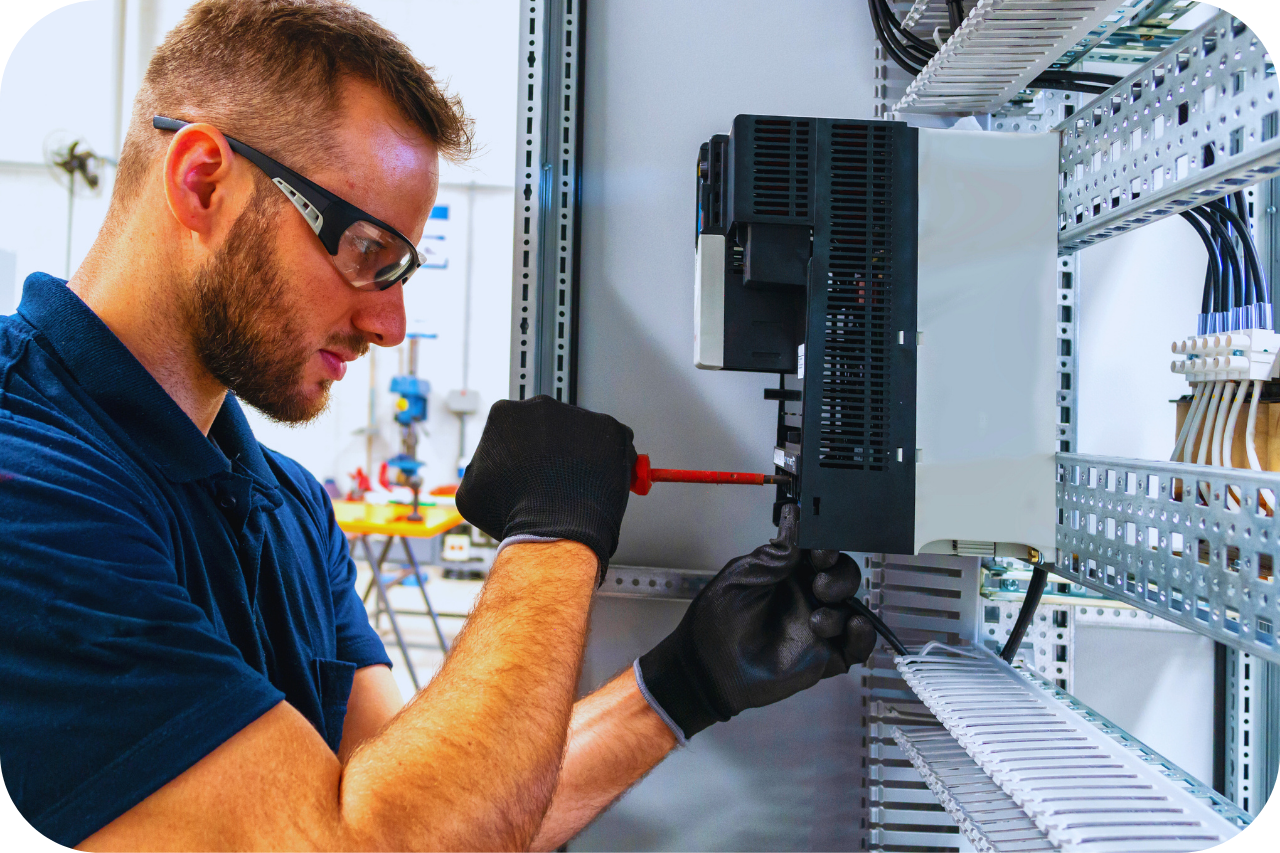Facts About Roar Solutions Revealed
Facts About Roar Solutions Revealed
Blog Article
Get This Report about Roar Solutions
Table of ContentsFascination About Roar Solutions8 Simple Techniques For Roar SolutionsOur Roar Solutions PDFs
In order to shield setups from a possible surge a technique of evaluating and classifying a potentially unsafe area is called for. The function of this is to guarantee the proper choice and installment of equipment to inevitably protect against an explosion and to ensure security of life.
(https://www.abnewswire.com/companyname/training.roarsolution.com.au_152691.html#detail-tab)
No equipment ought to be mounted where the surface temperature level of the equipment is above the ignition temperature of the given risk. Below are some common dust dangerous and their minimal ignition temperature. Coal Dust 380C 225C Polythene 420C (thaws) Methyl Cellulose 420C 320C Starch 460C 435C Flour 490C 340C Sugar 490C 460C Grain Dirt 510C 300C Phenolic Material 530C > 450C Aluminium 590C > 450C PVC 700C > 450C Soot 810C 570C The chance of the danger being existing in a focus high sufficient to cause an ignition will differ from area to place.
In order to categorize this risk an installment is separated right into areas of threat relying on the amount of time the dangerous exists. These locations are referred to as Areas. For gases and vapours and dirts and fibers there are three zones. Area 0 Area 20 A hazardous atmosphere is very most likely to be existing and might be present for extended periods of time (> 1000 hours annually) or even continually Zone 1 Zone 21 An unsafe environment is possible but not likely to be present for extended periods of time (> 10 450 C [842 F] A classification of T6 suggests the minimal ignition temperature is > 85 C [185 F] Hazardous area electric tools perhaps made for usage in higher ambient temperature levels. This would certainly suggested on the rating plate e.g. EExe II C T3 Ta + 60C( This suggests at 60C ambient T3 will certainly not be surpassed) T1 T1, T2, T3, T4, T5, T6 T2 T2, T3, T4, T5, T6 T3 T3, T4, T5, T6 T4 T4, T5, T6 T5 T5, T6 T6 T6 A T Course ranking of T1 indicates the maximum surface area temperature generated by the tool at 40 C is 450 C. Assuming the connected T Class and Temperature level rating for the tools are suitable for the location, you can always utilize an instrument with a much more stringent Division ranking than required for the area. There isn't a clear response to this question unfortunately. It truly does rely on the kind of equipment and what repair services require to be accomplished. Equipment with details examination treatments that can not be carried out in the area in order to achieve/maintain 3rd event score. Must return to the factory if it is before the tools's service. Area Repair By Authorised Worker: Difficult screening may not be needed nonetheless certain procedures might need to be complied with in order for the equipment to preserve its 3rd party rating. Authorised employees must be employed to execute the work correctly Repair service have to be a like for like replacement. New component must be considered as a direct replacement needing no unique testing of the devices after the repair service is complete. Each item of equipment with a dangerous score must be reviewed individually. These are outlined at a high level listed below, however, for more comprehensive details, please refer directly to the guidelines.
All about Roar Solutions
The tools register is an extensive database of devices records view publisher site that includes a minimum set of areas to recognize each item's place, technical criteria, Ex-spouse classification, age, and ecological data. The ratio of Thorough to Shut inspections will certainly be identified by the Equipment Risk, which is examined based on ignition threat (the likelihood of a resource of ignition versus the probability of a combustible atmosphere )and the hazardous area category
( Zone 0Area 1, or 2). Implementing a durable Risk-Based Inspection( RBI )strategy is critical for ensuring compliance and safety and security in managing Electric Devices in Hazardous Areas( EEHA).
How Roar Solutions can Save You Time, Stress, and Money.

In terms of eruptive danger, a dangerous area is an environment in which an eruptive environment is existing (or may be expected to be existing) in amounts that call for special preventative measures for the construction, installation and use tools. eeha certificate. In this short article we discover the difficulties encountered in the work environment, the threat control procedures, and the required proficiencies to work securely
It is a consequence of modern-day life that we manufacture, save or handle a variety of gases or liquids that are considered combustible, and a series of dirts that are deemed flammable. These compounds can, in particular conditions, form eruptive atmospheres and these can have significant and unfortunate repercussions. The majority of us are familiar with the fire triangle eliminate any among the 3 elements and the fire can not occur, however what does this mean in the context of harmful locations? When breaking this down into its easiest terms it is essentially: a mix of a particular amount of release or leak of a specific material or material, combining with ambient oxygen, and the presence of a source of ignition.
In most instances, we can do little regarding the levels of oxygen in the air, however we can have significant influence on resources of ignition, as an example electric devices. Dangerous areas are recorded on the harmful location classification drawing and are identified on-site by the triangular "EX LOVER" sign. Below, amongst other key info, areas are divided right into 3 kinds depending upon the danger, the likelihood and period that an explosive atmosphere will exist; Zone 0 or 20 is regarded the most hazardous and Zone 2 or 22 is deemed the least.
Report this page